I have a thing for home canned foods, kind of like an obsession, but a healthy one. Because there is such thing as a healthy obsession, don’t ya think?
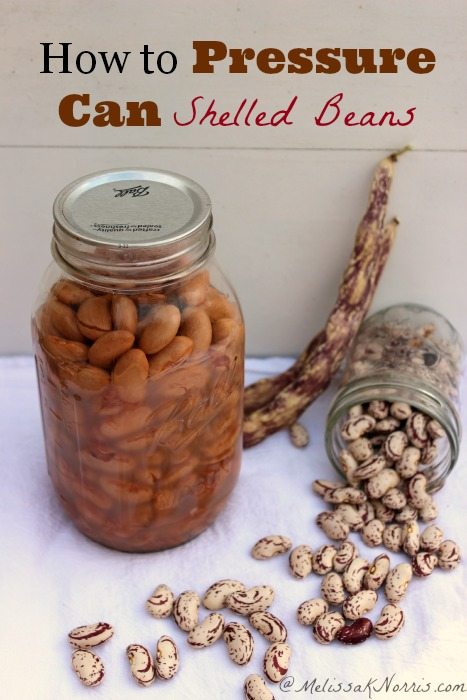
I believe in an emergency situation home canned food is your best bet, and I wrote a full article about it over at Mom with a Prep. But another reason I love home canned food is because it’s my fast go to meal when I didn’t plan dinner… because sometimes I get busy and don’t realize I forgot until it’s only twenty minutes before dinner time. You do that too, right?
One of the beautiful things about having canned beans on hand, is I don’t have to remember to soak them the night before and let them cook all day. Don’t get me wrong, when I plan right, I love having a pot of chili or soup beans simmering on the stove or in the slow cooker all day, but there’s something to be said about having dinner on the table in less than a half hour, too.
So that’s why I can up some of my shelled beans. These are heirloom October beans, similar to Dragon’s Tongue, though mine is a variety my family has been saving for years. When canning shelled beans, there’s a few tricks to making sure you have success. It’s slightly different than regular canning.
Did you know beans are one of the things my family used to get through the Great Depression? Here’s my Building a Great Depression Era Pantry-Frugal Tips and Recipes for more info.
For canning, you want to pick ripe beans to shell, not ones that are already dry. Not sure what that looks like? Check out my post on saving and storing heirloom been seed for photos.
Shell the beans and rinse them off. Pick out any beans that have brown spots on them. You can cook these for use now, but they’re not a canidate for canning or drying as they might spoil. If the beans are a little on the dry side, soak them overnight in water.
Note: It’s not recommended to can dry beans that have been dry for a long period of time using the raw pack method. You may can dry beans using the hot pack method.
Wash your jars. I only can beans in quarts, though pints are fine. Fill your clean jars with the shelled beans to 1 and 1/2 inch headspace for quart jars and 1 inch for pints. Don’t pack them all the way! For quarts, add 1 teaspoon salt. (The beans will swell as the absorb water while canning, so the jar will be full when it’s done processing)
Boil water on the stove and pour hot water over beans, leaving a 1 and 1/2 inch head space for quart jars and 1 inch for pints. (My pressure canner says 1 and 1/2 inch head space, but my Ball Complete Book of Canning *affiliate link says 1 inch head space after adding the water) I filled the jars to the 1 and 1/2 inch head space with the raw beans, and then filled the hot water to the 1 inch head space mark. Wipe rim of jar with a clean damp cloth, place lids on, and screw down bands. Place jars in pressure canner. Beans are a non-acid food and can only be safely canned in a pressure canner.
Place lid on pressure canner and allow steam to vent for ten minutes. Don’t skip this step as it helps the contents of the jar to reach the correct temperature. Process beans at 10 lbs. of pressure for 50 minutes. When time is up, remove heat and allow canner to cool down on it’s own. When pressure is reduced, remove lid but leave jars in canner for about 10 minutes. Then place on a towel folded in thirds. Leave for at least 12 hours before checking the seals and moving to your pantry.
And there you have pressure canned shelled beans to grace your home food storage shelves.
Update: If you have liquid loss, food is safe to eat as long as there is at least liquid in half of the jar. The food exposed above the water line will usually be darker. I recommend eating these jars first.
You can also pre-soak the beans for a few hours or overnight before canning if you’re worried they’re a bit on the dry side to avoid so much liquid loss.
If you’re even in doubt on the safety of a jar, throw it out.
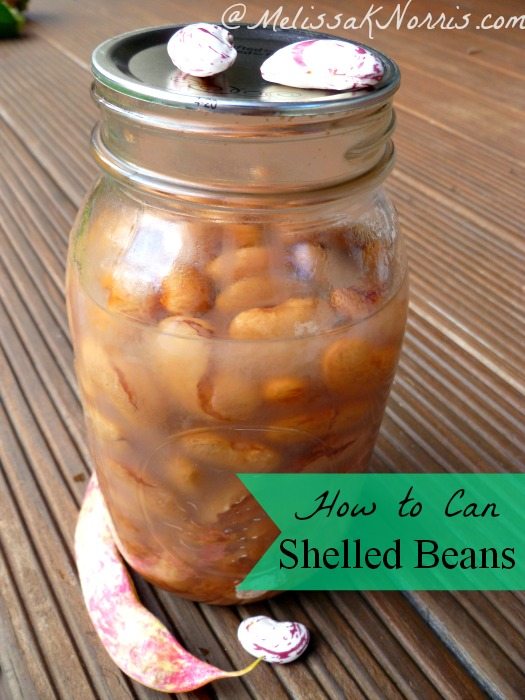
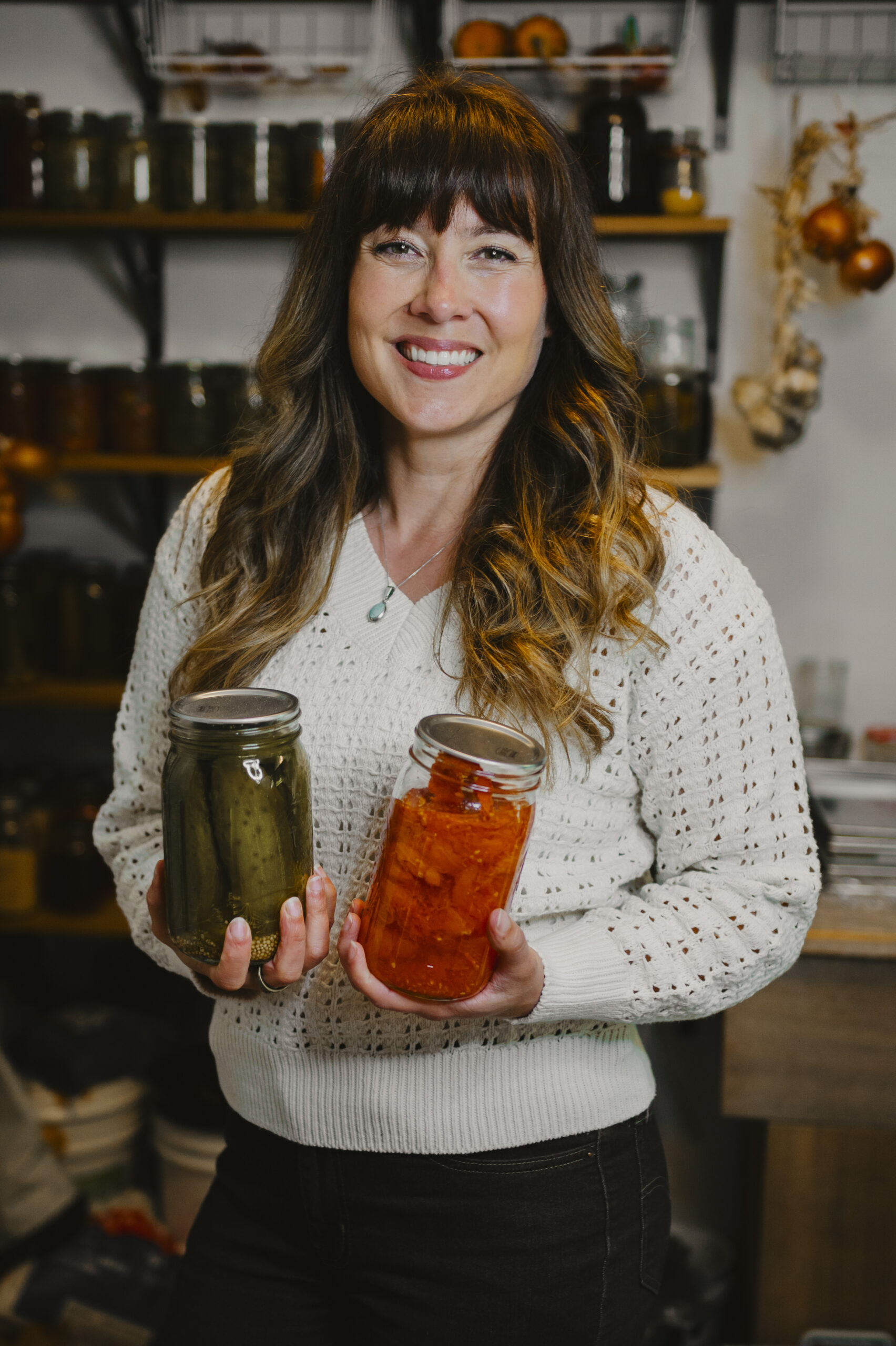
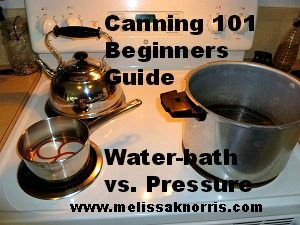
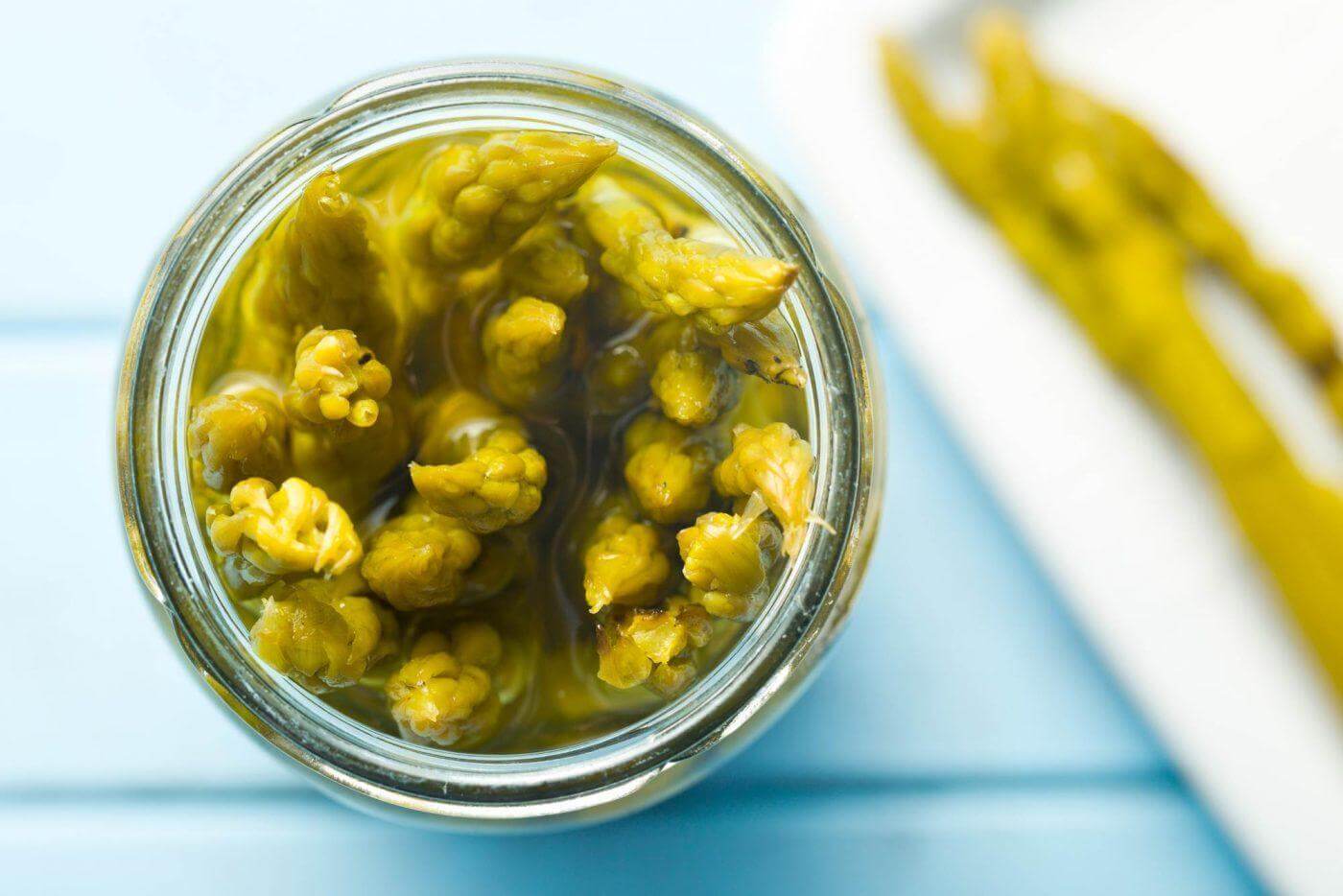
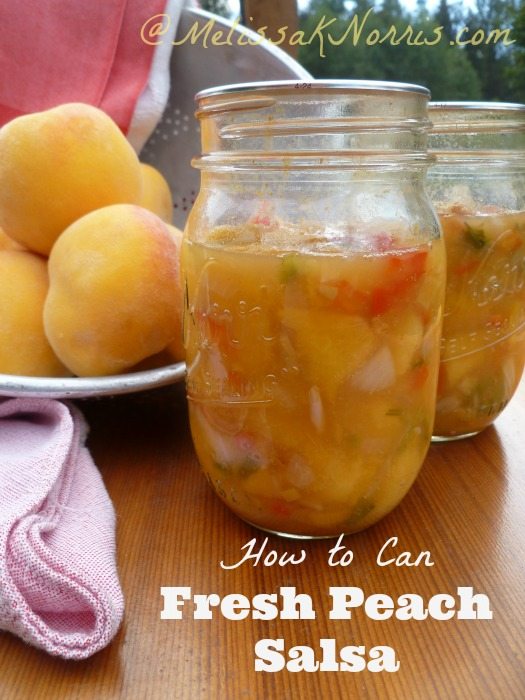

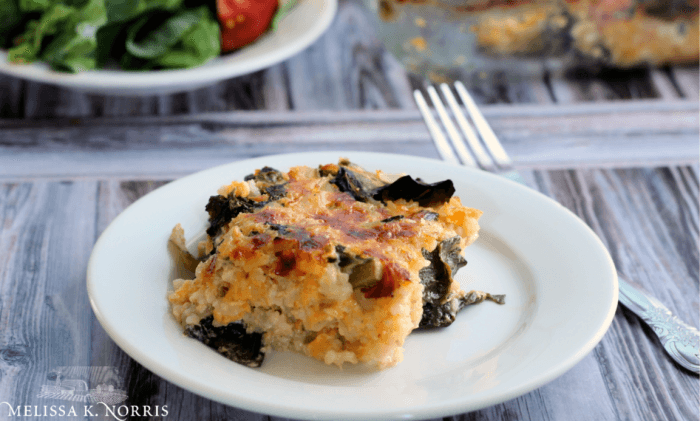
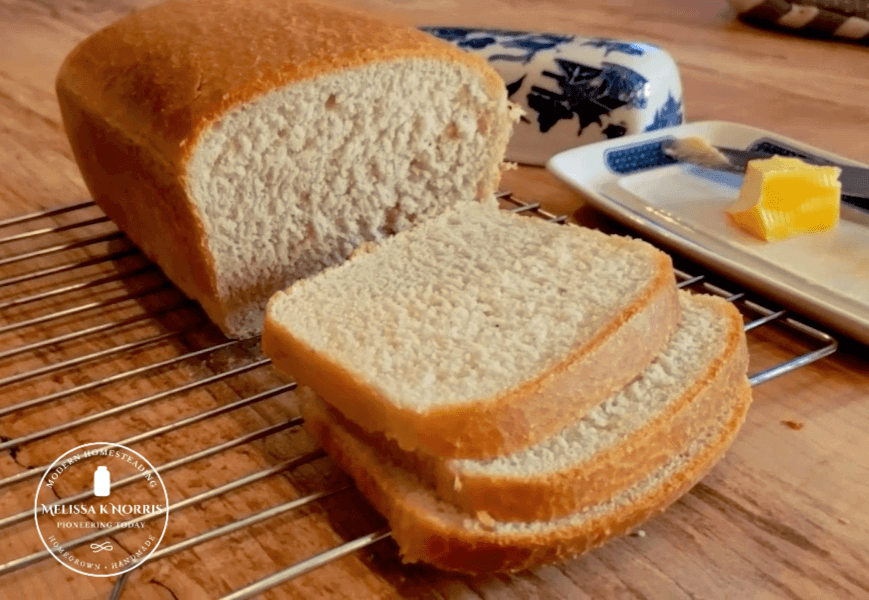
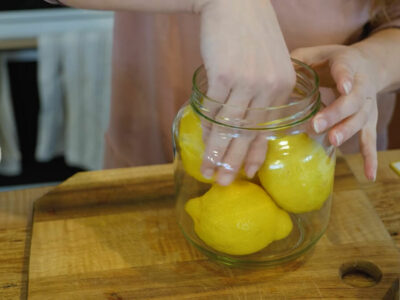
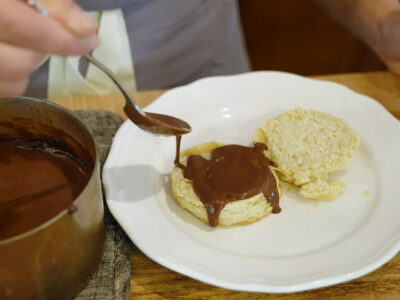
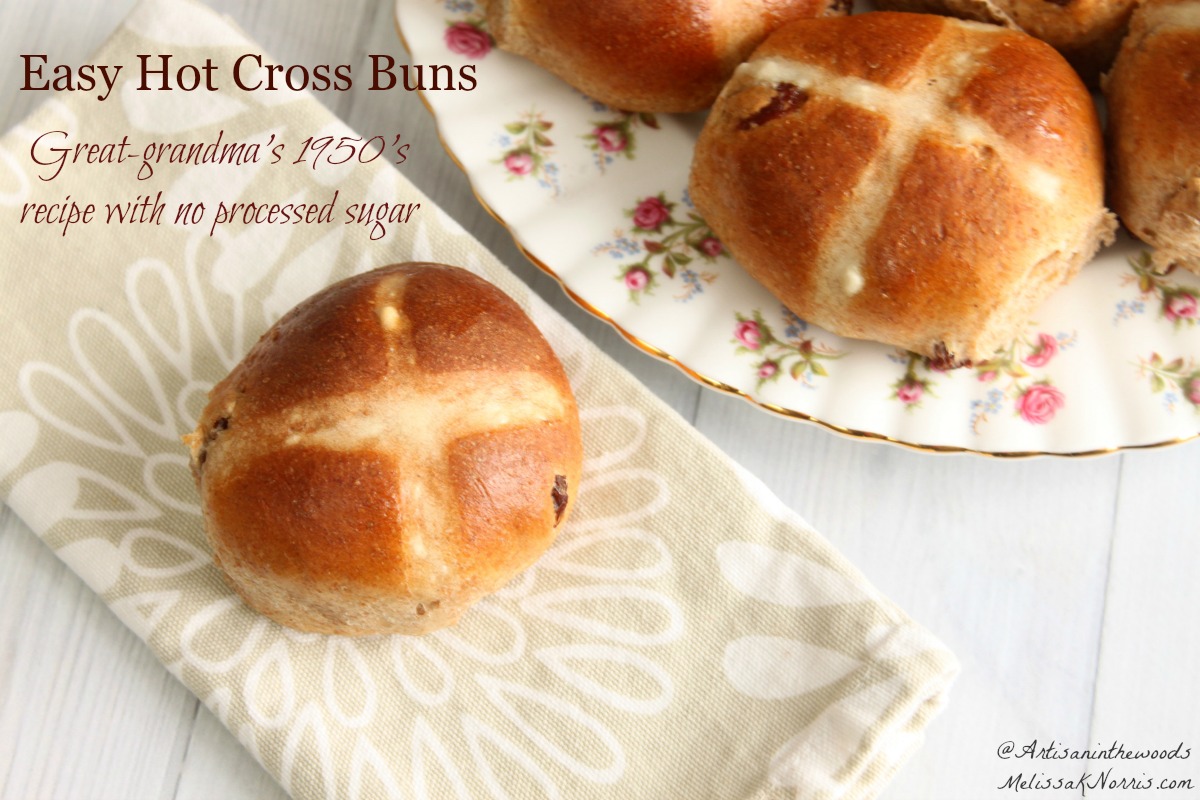
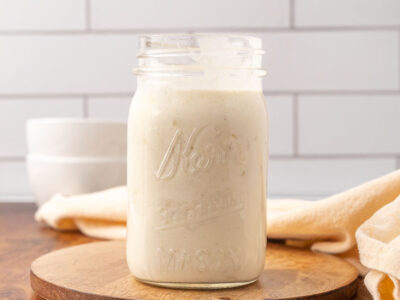
We had a bunch of beans get away from us an go to big. You have saved the day and Thanks. Can’t wait for bean soup this winter. Thanks Again
I just found this website and look forward to what I can learn
I just canned 5 quarts shelled beans. The liquid at the top of the jar of 2 of them was light but it was dark on the other 2. What the heck would cause that?
Do you process pints at 50 minutes?
Pints are for 40 minutes.
Do you still put water in the bottom of the pressure canner? How much do you use? My grandparents always precook their beans, put 2 quarts of water in the bottom of the pressure canner, and then still process them 90 minutes. I tried your way because it was quicker but I’m afraid I’ve done something wrong. ?
Yes, you have to put water in the pressure canner. Due to varying sizes of pressure canners, instead of going with cups of water, it’s 1 to 2 inches of water. I use 2 inches if it’s a recipe time that required more than 30 minutes of processing.
I canned 8 quarts of shelled beans today and forgot to let steam vent for the 10 minutes. Do you think they will be safe to eat?
It can mean the inner temperature isn’t correct without venting…. I’d stick them in the fridge of freezer to be safe.
When you can beans this way, do you still have to soak them for a day when you go to use them? Soaking takes out the phytic acid. Does this process take it out instead?
You can soak them before canning but I don’t soak them afterwards.
I was wondering if you can use fresh beans that you nave shelled & frozen with this method. And would you let the beans reach room temperature before you washed & put into jars? Thanks for you response.
Lisa,
I’ve canned lots of frozen food, but never shelled and frozen beans. I’d make sure they were thoroughly thawed first for sure.
I notice that the water level is below the beans. Will the beans on top of the water be edible? I recently canned crowder peas and this happened to mine. Just wondering if they are safe to eat.
Yes, they’re fine to eat, they just soaked up the water as they were canning. As long as you follow the headspace rules when you put them in, you’re good to go. Here’s a great article on liquid loss in canning and when it’s still safe to eat.
http://www.simplycanning.com/liquid-loss-in-home-canning.html
They sometimes darken up a bit over time, but they’re fine. Just remember to double check the seal is still good when you go to open them.
I’ve had a few unseal over the years while sitting on the shelf. I think it was a jar that had a crack along the rim I didn’t see, but I always check the seal before opening to make sure it’s still a solid seal.
[…] use the raw pack method for canning fresh shelled beans. Pressure canner […]
[…] I can our shelled beans so I can make a quick meal in a hurry if I haven’t planned ahead to soak my dried beans. Here’s how to pressure can shelled beans. […]
[…] can beans by Melissa K. […]
[…] I try to make meals as frugal as possible, I usually only purchase dried beans. I can my own shelled beans, but dried beans are great for building up your own food storage, and they’re not in contact […]
[…] about shelled beans? I’ve got ya covered in how to can shelled beans. We use these to make 10 minute re-fried beans, chili, and soup […]
[…] How to Pressure Can Beans […]
[…] I mix the shelled small white bean in with the fresh snapped green pods. They are excellent fresh, canned, or in true Tarheel fashioned, leather britches style. Beans are strung on a string and left to […]
I’m canning green beans from my garden,can I can one jar of beans in my every day pressure cooker.right now my beans are coming off slow.
Thank you,
Brenda
You can’t pressure can in an instant pot. It doesn’t build up enough pressure for pounds. You really should get a pressure canner.. hope your green beans pick up soon.